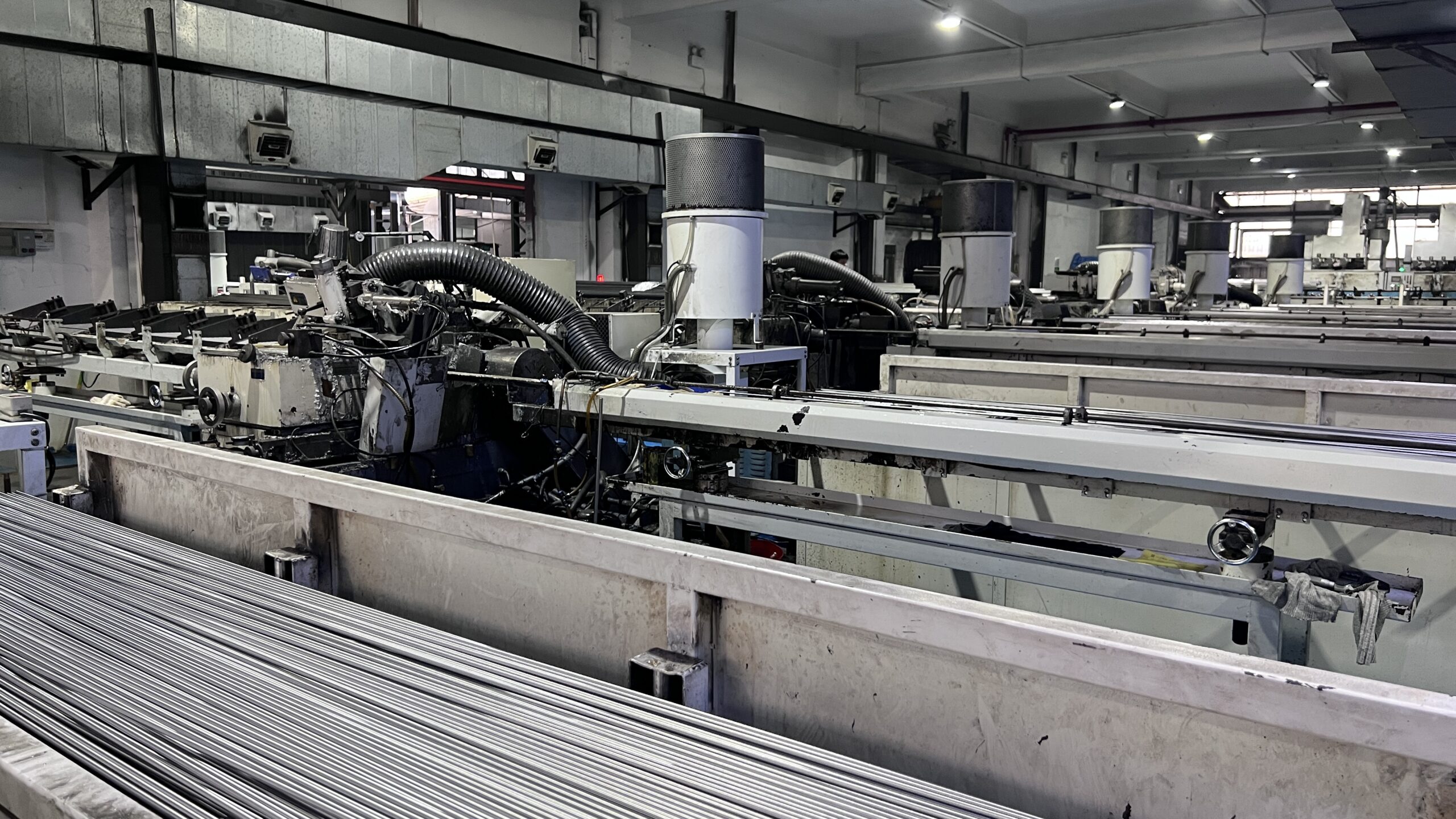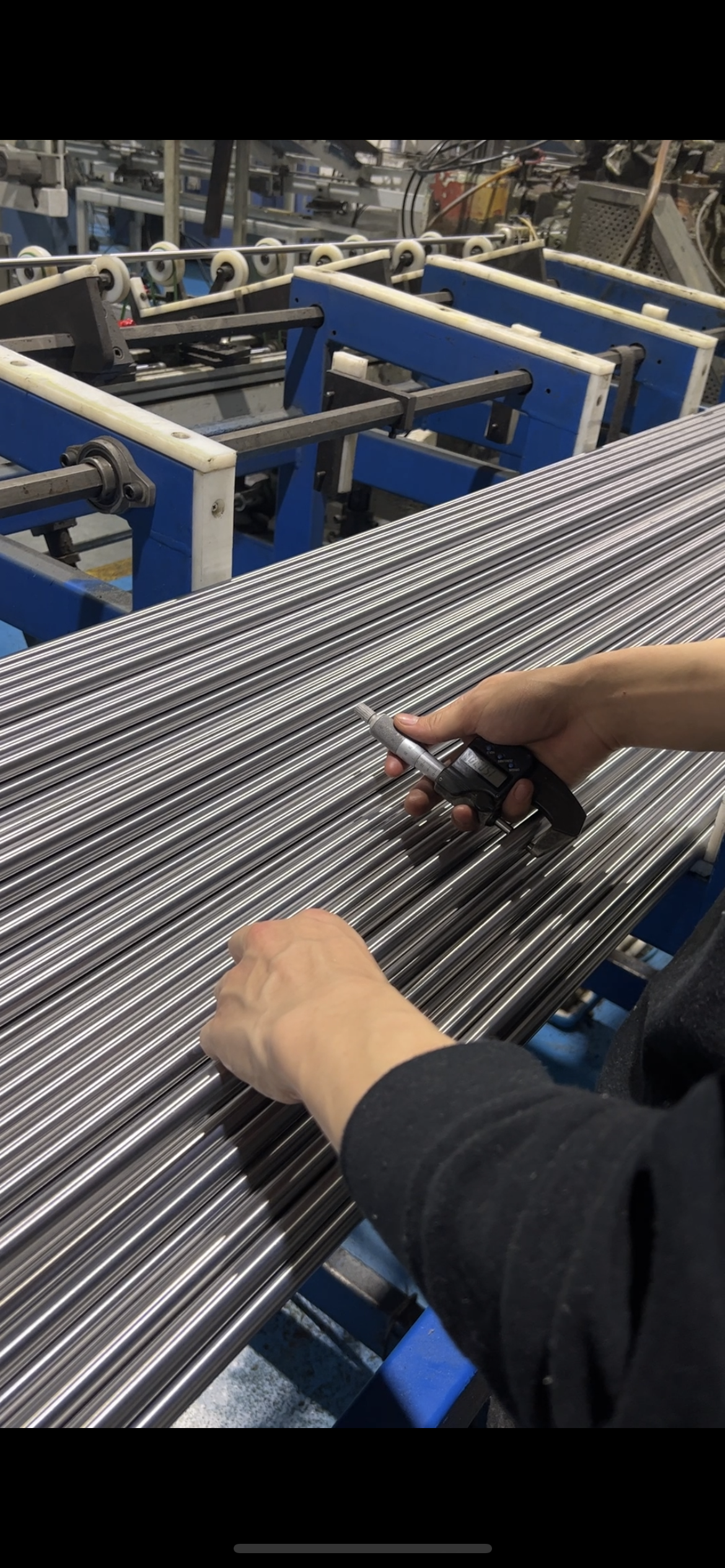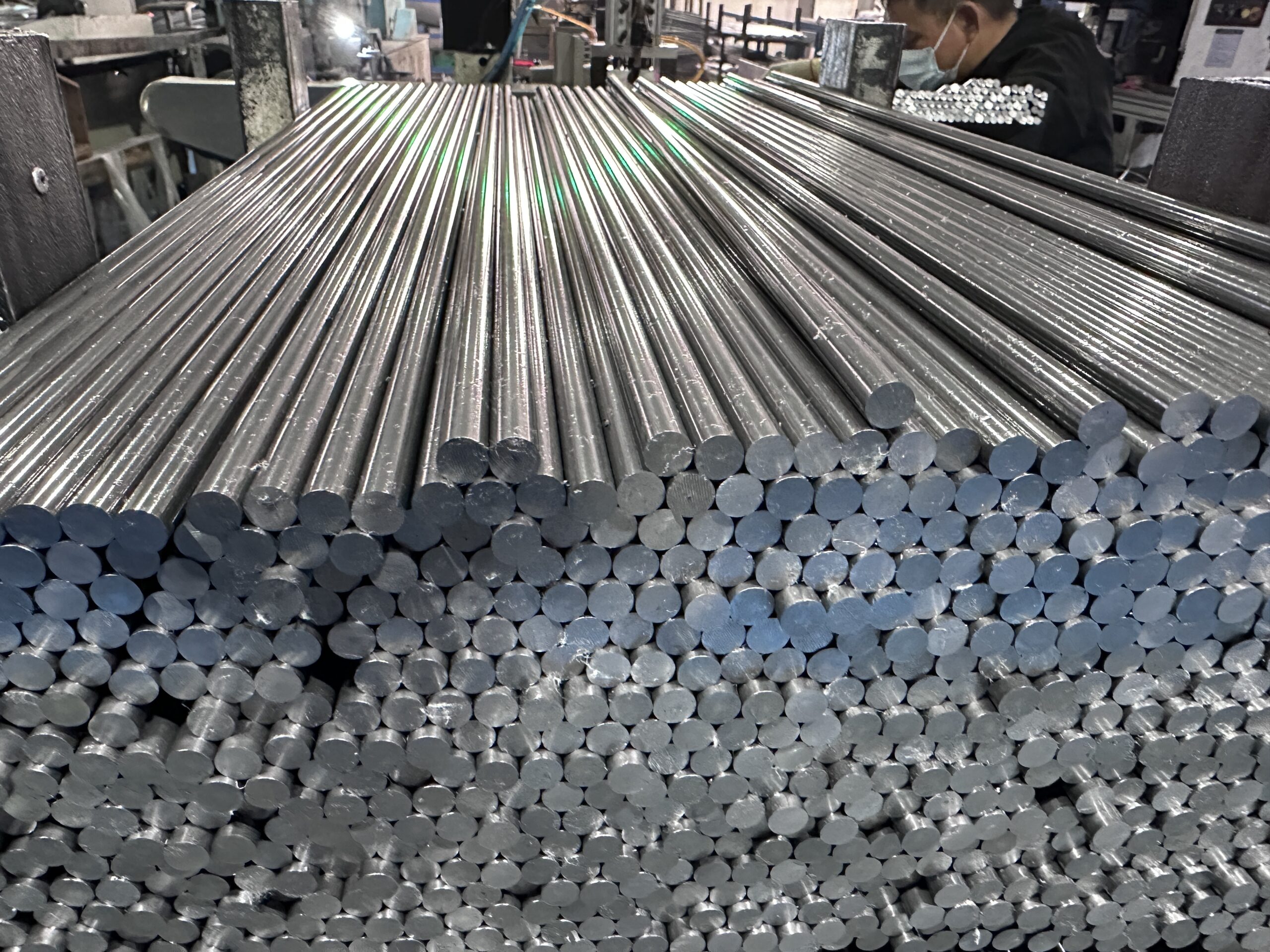When choosing between stainless steel rods and carbon steel rods, several factors must be considered, including strength, corrosion resistance, durability, and cost. While both materials are widely used in industrial applications, they offer different advantages depending on the specific requirements of the project.
This article will compare stainless steel rods and carbon steel rods in key performance aspects to help you determine the best option for your application.
Key Differences Between Stainless Steel and Carbon Steel Rods
| Property | Stainless Steel Rods | Carbon Steel Rods |
|---|---|---|
| Corrosion Resistance | Excellent (high resistance to rust and oxidation) | Poor (requires coatings or treatments) |
| Strength | High (especially in alloyed grades like 304 and 316) | Varies (higher carbon content increases strength) |
| Durability | Excellent (resistant to extreme environments) | Moderate (prone to rust and wear over time) |
| Machinability | Good (303 and 416 grades are optimized for machining) | Excellent (easier to cut and shape) |
| Weldability | Good (requires specialized welding techniques) | Excellent (welds easily) |
| Cost | Higher (due to chromium and nickel content) | Lower (cheaper raw material) |
| Applications | Aerospace, medical, marine, food processing | Construction, automotive, general manufacturing |
Advantages of Stainless Steel Rods
-
Superior Corrosion Resistance
- Stainless steel rods contain chromium, which forms a protective oxide layer to prevent rust and oxidation.
- Best for outdoor, marine, and food-grade applications.
-
High Strength and Durability
- Stainless steel grades like 304 and 316 offer high tensile strength, making them ideal for structural and high-stress applications.
- Can withstand harsh environments without degrading.
-
Aesthetic and Hygienic Benefits
- Stainless steel has a shiny, modern appearance, making it ideal for decorative and architectural uses.
- It is also non-porous, preventing bacterial growth in food and medical applications.
Advantages of Carbon Steel Rods
-
Cost-Effectiveness
- Carbon steel rods are more affordable than stainless steel, making them suitable for budget-sensitive projects.
-
Excellent Machinability
- Carbon steel is easier to cut, drill, and machine, making it ideal for fast-paced manufacturing.
-
High Strength with Proper Treatment
- High-carbon steel can be heat-treated to improve hardness and wear resistance, making it useful for tools, automotive parts, and heavy machinery.
Which One Should You Choose?
-
Use Stainless Steel Rods If:
- Your application requires high corrosion resistance (e.g., marine, medical, food processing).
- You need a durable and long-lasting material.
- The aesthetic appeal is important (e.g., architectural uses).
-
Use Carbon Steel Rods If:
- You need a cost-effective material.
- The project involves high machining and welding requirements.
- Corrosion is not a major concern, or you can use protective coatings.
Both stainless steel rods and carbon steel rods have unique advantages. If corrosion resistance and durability are top priorities, stainless steel is the best choice. However, if you need a budget-friendly, machinable material, carbon steel may be a better fit.
Looking for high-quality stainless or carbon steel rods? Contact us today for expert recommendations and supply options!







